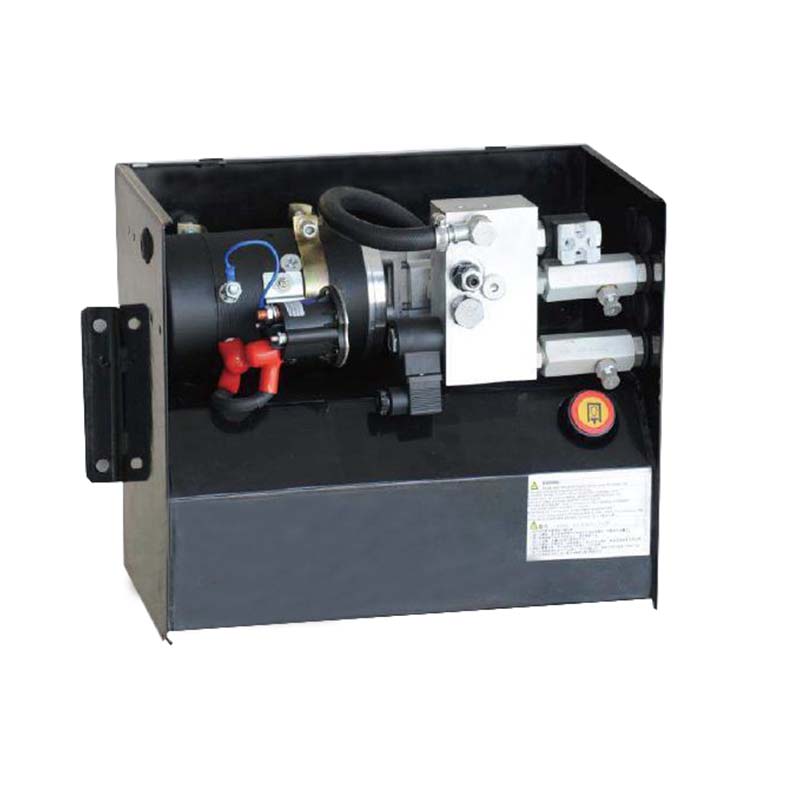Precautions when installing hydraulic power unit
Cleaning/Rinsing Old Systems
Proper steps are crucial when cleaning and rinsing hydraulic systems to prevent potential blockages.
This process is particularly relevant for single-person performance systems such as dump truck systems
or scissor lift mechanisms. Here are key considerations to ensure a smooth operation:
1. Preventing System Contamination
When operating a dirty hydraulic system, there is a risk of introducing dirt particles into the Hydraulic power unit,
potentially clogging filters. To minimize this risk, it is essential to clean the
system thoroughly and prevent dirt from re-entering.
2. Isolation of Electrical Components
When dealing with systems that should automatically start power units, it is imperative to isolate all
electrical components to avoid the potential danger of electric shock.
Ensure proper safety measures are maintained during maintenance and cleaning processes.
3. Adherence to Manufacturer Specifications
Never exceed the manufacturer's specified range for system valve adjustments,
including electrical components, manifolds, and valves. Pay special attention to keeping safety valves
or pressure relief valves operating within the recommended range to ensure the safety and stability of the system.
4. Caution in Fluid Fill
Avoid overfilling hydraulic power unit reservoirs, especially when dealing with micro hydraulic power units.
The small tank capacity means that refilling should only occur after expelling all
air from the hydraulic system to ensure proper functioning.
By following these steps, you will be able to successfully carry out the assembly process.
Throughout the process, always refer to the guidelines provided by the manufacturer.
Hydraulic power units come in various types with different capacities and
characteristics, explaining the variations in prices on the market.
Saivs brand
- GM3 Series Hydraulic Radial Piston Motor
- Parker PV plus Hydraulic pump
- Hydraulic control check valve rexroth Z2S6 Z2S10 Z2S16 Z2S22 Z2S22-1-52/V
- GM05 Radial Piston Hydraulic Motor for Engineering Machine
- Sai GM Crane Winch Motor GM1 Hydraulic Swing Cylinder Radial Piston Motor Oil Pump
- Radial piston motors Hagglunds CA
- Cavity 08-2 08-3 08-4
- Radial piston motors Hagglunds CB
- SL6 SL10 Rexroth Check valves pilot operated
- Snow Plow - Power device
